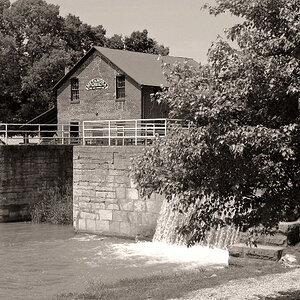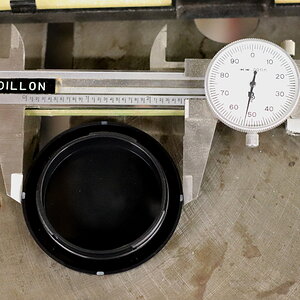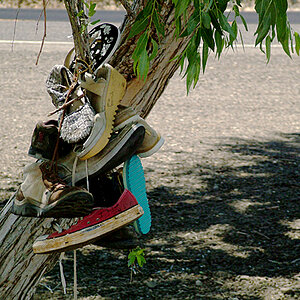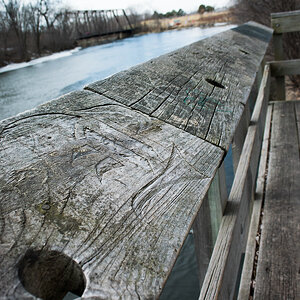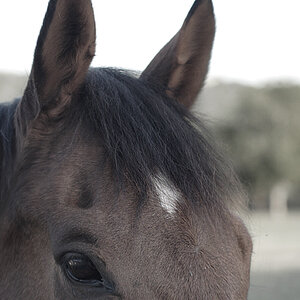ryunin
TPF Noob!
- Joined
- Jan 17, 2010
- Messages
- 89
- Reaction score
- 0
- Location
- Prague, the Czech Republic
- Website
- www.romanvalekphotography.com
- Can others edit my Photos
- Photos NOT OK to edit
Ever since I have had my film developed both by pro labs and a friend who is experienced in darkroom stuff, I have gotten straight scratches on some of the frames. Lots of frames have some kind of white powder like looking mess on them. Both the scratches and the white mess is on films from both my film cameras, Nikon FE and Nikon F75. Nobody knows where these things come from.
Here is a typical example of such a picture, you can see some straight scratches and a lot of white dots all over the picture.
http://www.facebook.com/photo.php?pid=30580444&l=beae0a0d71&id=1054563092
It is really frustrating as the solution seems to be very far away and hard to find. I actually decided to develop my own films to avoid this problem, but the picture I have posted is just from my first home developing with my experienced friend. He himself has no idea what the problem is. I would appreciate any kind of help to find out what to do about these.
Here is a typical example of such a picture, you can see some straight scratches and a lot of white dots all over the picture.
http://www.facebook.com/photo.php?pid=30580444&l=beae0a0d71&id=1054563092
It is really frustrating as the solution seems to be very far away and hard to find. I actually decided to develop my own films to avoid this problem, but the picture I have posted is just from my first home developing with my experienced friend. He himself has no idea what the problem is. I would appreciate any kind of help to find out what to do about these.




